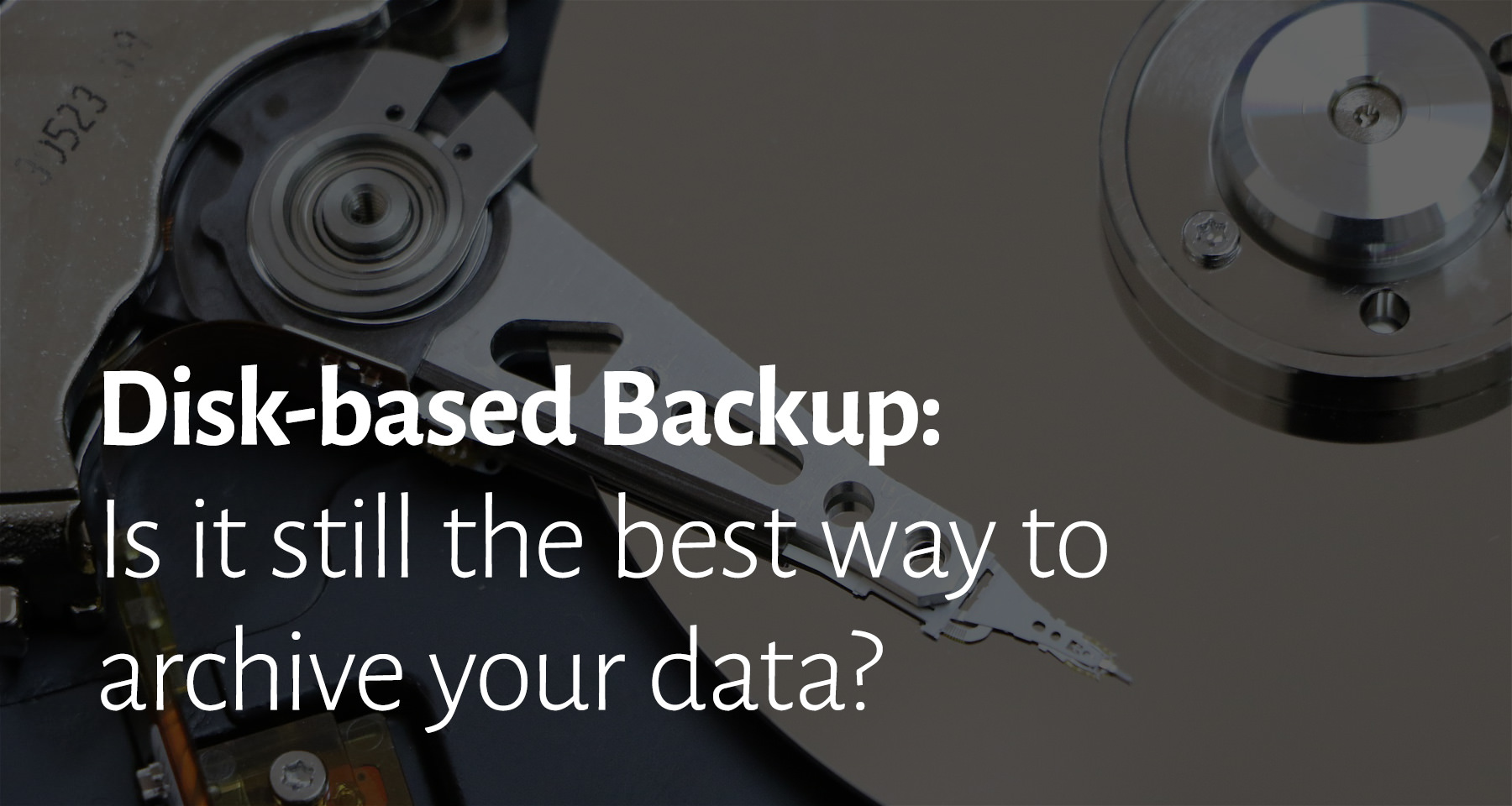
It’s pretty simple, disk backup, or disk-based backup, is a data backup and recovery method that backs data up to hard disk storage. Disk backups are widely used and can be supplemented by methods such as tape or cloud backup for archiving or disaster recovery (DR). Backups to disk often employ data reduction methods such as deduplication and compression to maximize storage capacity when protecting large amounts of data.
Disk backup is a crucial part of most organization’s data protection plans. Organizations rely on backup to preserve critical files and data, guarding against the loss of files through human error, technology failures or natural disasters. Many organizations have a dedicated backup administrator who manages all disk backup appliances, although some may leave the backup process to the application or data owners.
Advantages of disk backup
Disk is the most common media for backups today, but that was not always the case. Tape was the main backup medium until the mid-2000s, when businesses began realizing the advantages of disk. Around this time, backup software vendors started amending their applications to work with disk. Backup hardware swung in favor of disk, with new vendors offering disk libraries and traditional tape vendors adding disk products. Today, tape is relegated mainly to archiving and long-term retention of data that is rarely accessed.
The initial cost of disk is cheaper than tape, and has other advantages, too. Disk backups are reliable, with less possibility for human error than tape backups, which rely on people to swap physical tapes.
While disk failures occur, the use of redundant array of independent disks (RAID) technology provides protection. This self-contained nature of disk also allows for easier automation.
Speed is another advantage disk has over backup alternatives. While newer tape technology has improved its read speeds for backing up data, disk remains much faster for restoring data. Disk backup also allows for continuous data protection, where data is backed up every time a change is made.
Tape vs. disk backup vs. remote backup
Tape is the most cited competition for disk backup, and has its own set of benefits. Tape has a longer shelf life than a RAID array used in disk-based backup, though that lends itself more to archiving purposes. Tape backups can be done automatically as well as manually, and the data transfer rate for tape can be faster than disk.
Tapes are much easier to transport than disk, but restoring data from disk is easier, more secure and less open to human error. While tape isn’t as relevant as disk backup, tape libraries are well-suited to archiving and remain in use in many large enterprises.
Backing up to solid-state drives (SSDs) has become a viable option as an alternative to traditional hard disk drives (HDDs). When backing up heavily-used databases, flash’s speed and performance makes it a good choice. However, the cost of flash is still higher than that of disk backup. But as SSDs become larger in capacity than HDDs, they could land a greater role in data protection.
Cloud backup is also becoming popular due to pricing and scalability reasons.
Tape and on-premises disk backup are not easily scaled, and are more at risk for vendor lock-in than online backups. Because all methods have their benefits, it’s not unusual for an organization to use a combination of options when creating a comprehensive backup plan. But remember, public clouds and managed service providers (MSPs) use disk or tape to store their customers’ backup, so cloud backup does not eliminate those options. It only relieves customers from having to buy disk or tape libraries.
Disk-to-disk backup
Disk-to-disk backup is the process of backing up the data from one hard disk to another hard disk, as opposed to tape or the cloud. Disk-to-disk backup can result in higher speed and capacity than backing up to tape, and a reduced backup window.
Disk-to-disk-to-tape (D2D2T) is the process of copying data to hard disk, then periodically copying that same data to tape storage. This method is particularly suited to data archiving, as tapes can be moved offsite when frequent access to that data is no longer needed. D2D2T can aid in disaster recovery, as well as help an organization comply with long-term data retention policies.
The future of disk-based backup
Traditional HDDs are the top choice for on-site data storage and are unlikely to go anywhere any time soon. The reliability of disk storage, as well as its relatively low cost, has kept it a popular option for backup. According to IDC research, the disk backup market has seen solid growth in recent years.
Alternatives like cloud backup and the ever-present tape backup system are also widely used, but the ability to supplement existing disk backup systems with other technologies makes a full replacement unlikely. Aside from cost and performance benefits, disk is a familiar, dependable technology to many IT departments. As vendors continue to create newer versions of the backup technology, organizations will likely stick with it.
